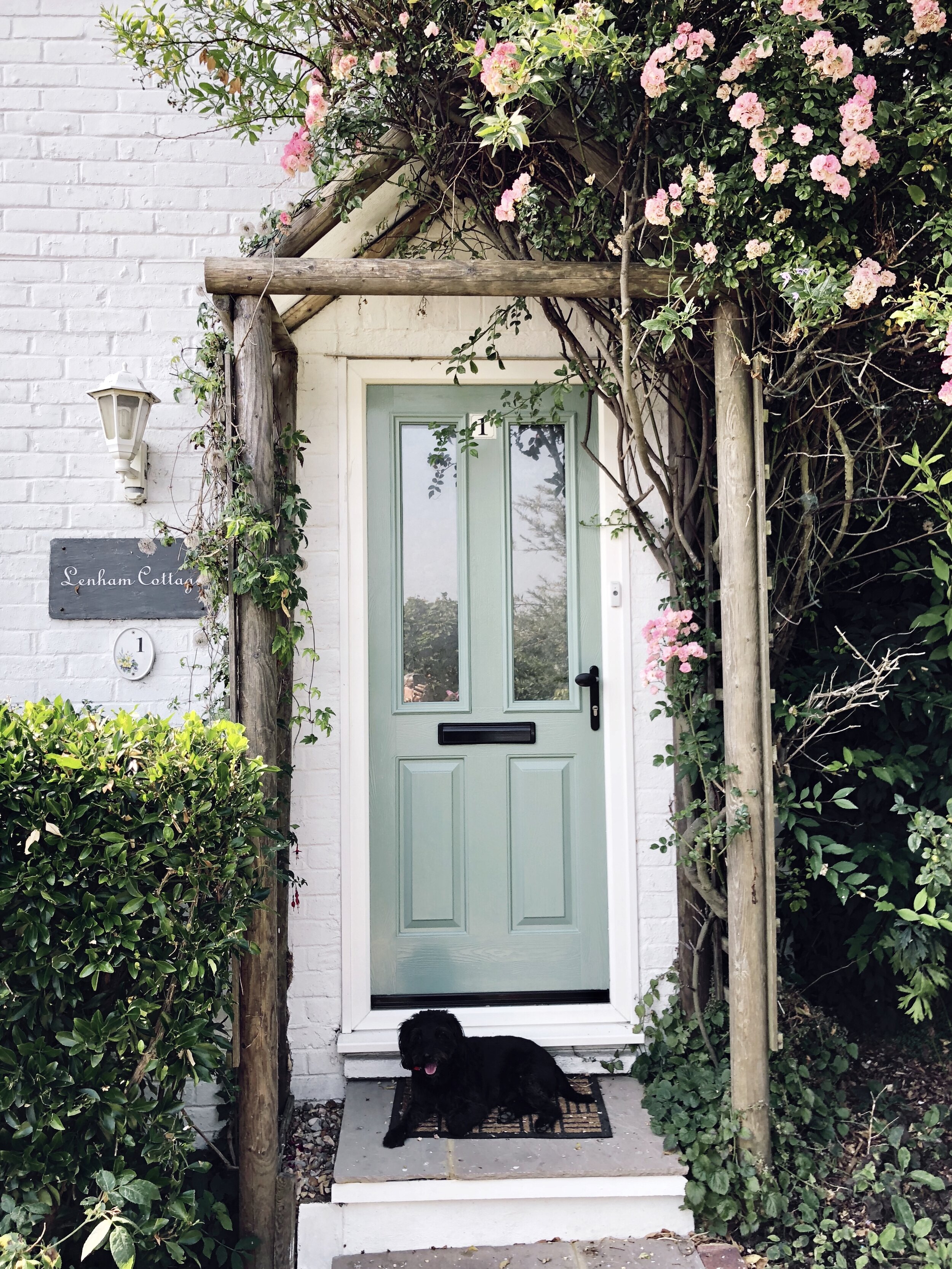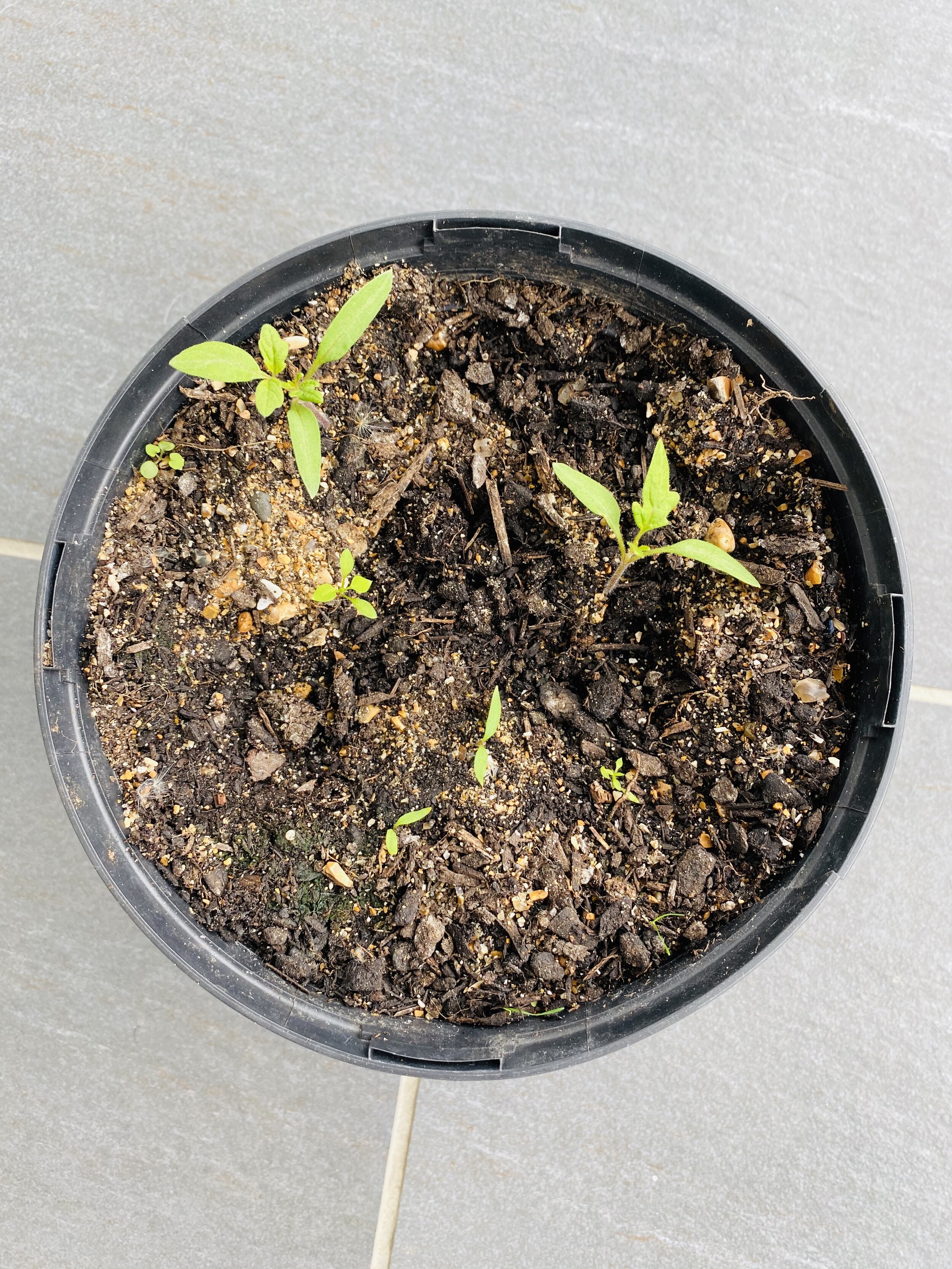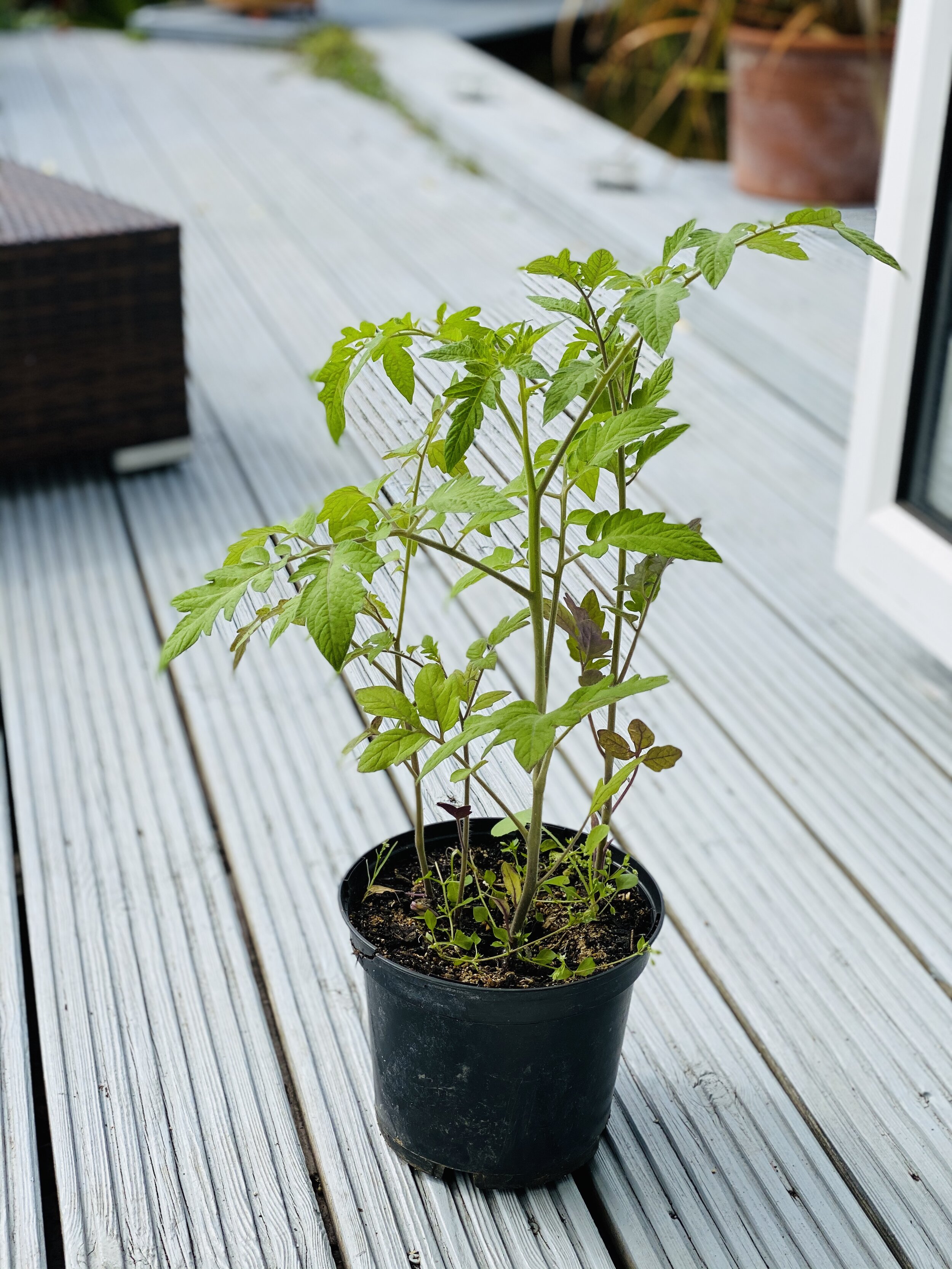How to have an eco garden.
Hello! So how’s lockdown been for you, wherever you are? Now that we are allowed to meet friends in restaurants, in the UK, I’ve found it very funny, and a little bit sad, that we have nothing to talk about other than COVID 19 and what we are watching on Netflix! But the other thing I’ve noticed is how much more time we’ve all had to appreciate nature and, thanks to my BBC Springwatch addiction, I’ve made some interesting changes to my garden this year. I feel really blessed to have more birds tweeting and bees buzzing in my garden than ever before and to see my new family of foxes coming to visit every evening is the highlight of my day! So when an email popped into my inbox this week offering me some top tips for making your garden more wildlife-friendly and eco, I wanted to share this with you immediately! I have never appreciated my outdoor space so much so have added my personal stories to the article and a video at the end. (This is not a paid collaboration and is the first time I have ever accepted a pre-written piece from anyone!)
Those of us lucky enough to have a garden have no doubt spent a great deal more time taking in its beauty and enjoying being closer to nature, but could we be doing more to help our green spaces flourish and thrive? Those with regular green fingers (not me till this year!) will know how rewarding it is to bask in the glory of your hard work, but for those novice gardeners looking for creative ways to refresh their garden, here are a few simple top tips, from the experts at Serenata Flowers., that you can do to make your garden an environmentally friendly space, that’s both sustainable and teeming with wildlife, even if all you have is a tiny patio or window box……….
Plant bee and butterfly friendly plants……
Busy bee!
An easy tip for anyone to follow, plant some attractive flowers to encourage bees, butterflies, and other wildlife into the garden. Bees are vital to the ecosystem and therefore all of us, so when considering what to plant next, why not try some honeysuckle, lavender, or foxgloves? These will all help to attract bees and make your garden an environmentally friendly safe haven for our buzzy friends. Buddleia seems to do very well in my coastal garden and the butterflies just adore them! I also let my wild, seeded opium poppies go berserk this year. The bees just went mad for them. I’ve also become very attached to “weeds” this year, after watching Springwatch. and let my tiny lawns grow more than before so as to attract all the insects the birds need. Wild is wonderful, is my mantra this year!
Tip: Be sure to avoid using pesticides as these are harmful to the garden’s natural inhabitants.
My wild opium poppies!. My neighbour is very jealous because she didn’t have any this year. I think the wind blew all the seeds into my garden!
Collect Rainwater. It wouldn’t be a British summertime without a little rain! Put the British weather to good use by purchasing a butt or us a large container to collect the rainwater from your downpipes when the downpours inevitably start. In the days to come, the water collected can then be used to care for your plants, conserving water but still giving your shrubs and pot plants the refreshing drink they need after a sunny day. While conserving water, try to avoid using the hose and sprinklers and invest in a trusty old watering can. I love a bit of vintage around the garden!
A dear friend found this for me at a country fair.
Feed The Birds:. A great way to attract more birds to your garden is to simply put out food. Hanging a bird feeder from a tree or scattering bird seed over the lawn will have your garden filled with bird song in no time – but why not go one step further and create a bird feeder from scratch? There are plenty of resources online that demonstrate ingenious ways to create a bird feeder at home, using recycled materials such as plastic bottles, glass jars or scrap wood. While you’re at it, why not get creative in the kitchen and bake some tasty bird treats to hang up in the garden?
And something I’ve been really aware of this year is not to allow anyone to cut my hedges! One of the reasons there is such an abundance of birds in my garden is that there are plenty of places for them to nest safely so - from March to September - no hedge trimming for me.
I haven’t got any good shots of all the tits and sparrows in my garden, along with first-time visitors blackbirds this year, but I do have a great shot of this heron across the road on my neighbours’ roof, who, unfortunately, decided to eat my three goldfish from the little pond! However, I have never seen a heron in my garden before and was absolutely thrilled to see it at such close quarters. They’re huge!
The heron who came to visit!
Grow Your Own Fruit and Veg. If you’ve got some spare time on your hands (!) or perhaps are looking for an activity to do with the kids, or grandkids, starting your own vegetable patch could be the perfect solution to keep busy and start feeling green. Not only will growing your own veg be sooo satisfying but it will also cut down your CO2 emissions and packaging wastage. Homegrown vegetables are often more nutrient-rich and pesticide-free, so you can’t go wrong. I even grew tomatoes in a grow-bag inside a flat in Kensington in my youth, so you really can grow a lot of veg anywhere!
This year, thanks to a top tip from a friend, I have managed to grow tomato plants from actual tomatoes! You just slice an ordinary tomato and then plant the slices horizontally, making sure they have plenty of seeds, in a pot containing a mixture of compost and sand. Keep them inside initially, somewhere really sunny and warm, to avoid them being dug up by the nocturnal wildlife! Just look at my first effort in just a few weeks, all ready to plant out into a nutrient-dense grow bag……….
Upcycle. It can be tempting to buy all the newest outdoor furniture when hot days roll around, however, there are plenty of great items at your disposal already – they might just need a little love and attention. Nip to your local hardware store and buy some sandpaper and paint, give that tired old garden bench a rub down, and a fresh lick of paint, and it’ll feel brand new in no time. Alternatively, take a spin around the local charity shops to see if there’s any furniture you can repurpose, such as wooden chairs or tin baths for the birds. This is a great way to donate to a good cause whilst giving pre-loved items a new home. Reusing and repurposing will give the furniture a new lease of life, as well as giving you a summer project! And don’t forget to have a look in skips! I also love putting old stuff from the house around the garden to add a little interest. Old mirrors and weatherproof bric a brac always add a little interest.
My weather beaten flamingo!
Create Animal Shelters. With a bit of luck, your garden will soon be frequented by a host of friendly animals looking to explore and possibly even hunker down to stay awhile. Take it to the next level by installing shelters where your friendly visitors can get settled. From butterfly to hedgehog houses there’s an abundance of options to help make garden wildlife feel more comfortable and you can even make your own from scrap materials. Just be sure to position shelters for nocturnal or more timid animals, such as hedgehogs in a quiet, secluded spot in the garden, somewhere out of the wind, and direct sunlight to create a relaxing, restful environment.
People either love them or hate them, but I love foxes and was thrilled to see a family of three adolescents start coming into my garden regularly to drink from the pond (more of that in a moment) and because two of them are so skinny I started feeding them with leftovers and now cheap dog biccies. I make sure Jack is asleep in his basket and at dusk wait for my little visitors. It’s better than watching TV and they are getting braver and braver each day, and fatter! Foxes and the occasional badger have always come into my garden because of the pond so I have always appreciated their presence, but not their poos, as they keep the mice and rats at bay as well as giving me and any visiting friends great entertainment. You can see a couple of them on one of my vlogs below.
One of the healthier young foxes. This one has been nicknamed Fatty!
Make Your Own Compost. Food waste bins are becoming increasingly common across the UK, with most councils now offering them as standard, but don’t simply leave your food waste to be collected by the bin men. Over time, food waste breaks down to form a wonderful compost that will do wonders for your garden plants. Use all the decomposable left-overs from your meals to feed the plants and flowers in your garden - from peas and beans and to eggshells and banana skins, these unwanted scraps are the elixir of life for your garden. More natural than shop-bought compost and a great way of reducing landfill waste, making your own compost is an easy way to save the environment whilst saving money on the upkeep of your garden. Just be careful to make sure rats can’t get in. I had a terrible problem just from a grass compost when I moved into my house, they liked nesting in the warmth!
And finally…….add A Water Feature. If you have space, a water feature is not only an attraction for humans to enjoy, it’s also a treat for many amphibious creatures and insects in search of somewhere wet to put down roots. A water feature provides a source of water for many thirsty birds and mammals which is especially beneficial during the warmer summer months. Just remember, if you’re hoping to introduce fish to your garden, you’ll need to ensure your pond is deep enough for them to thrive and bear in mind that shallow ponds freeze over in winter.
As you’ve seen, these beautiful fish went into the heron’s tum and he pierced the lining, so I no longer have such a beautiful looking little pond, and I can’t get an expert to mend the lining for love nor money at the moment………
Small pond with goldfish and statue. A lovely, tranquil corner.
But the big pond is thriving and is full of those weird boatmen bugs, and goodness knows what else, that eat the algae. This is the local wildlife watering hole and one night I really should stay up to see what else comes into the garden when I’m asleep! It’s also a joy to watch the birds drinking and bathing in the pond during the day and I now have a couple of beautiful blackbirds who really go to town washing in the water. I’ll try and capture them on video.
My big pond.
I hope you found these top tips useful. Do let me know if you are enjoying your outdoor space, however small, as much as I am during these strange times. (Thank you to Serenata Flowers for the top tips.) I think my wildlife-friendly garden has certainly kept me sane during these times and Jack has been kept very busy protecting us from foxes and seagulls! There are two of my Vlogs below, one includes the foxes and the other my garden. Hope you enjoy and please Subscribe if you want to see my regular videos.
See you soon,
Suzi x
You can find the foxes in this video……and I’ve done a video of my garden next……
Here is the vlog including my garden. I filmed most of it on a hot, cloudy day in june and then updated it more recently. I hope you enjoy……

















